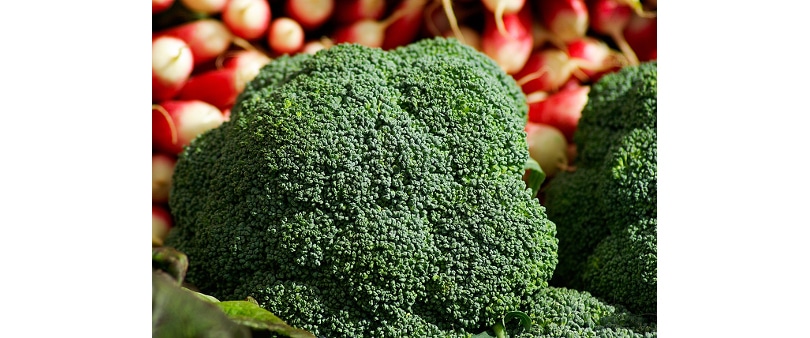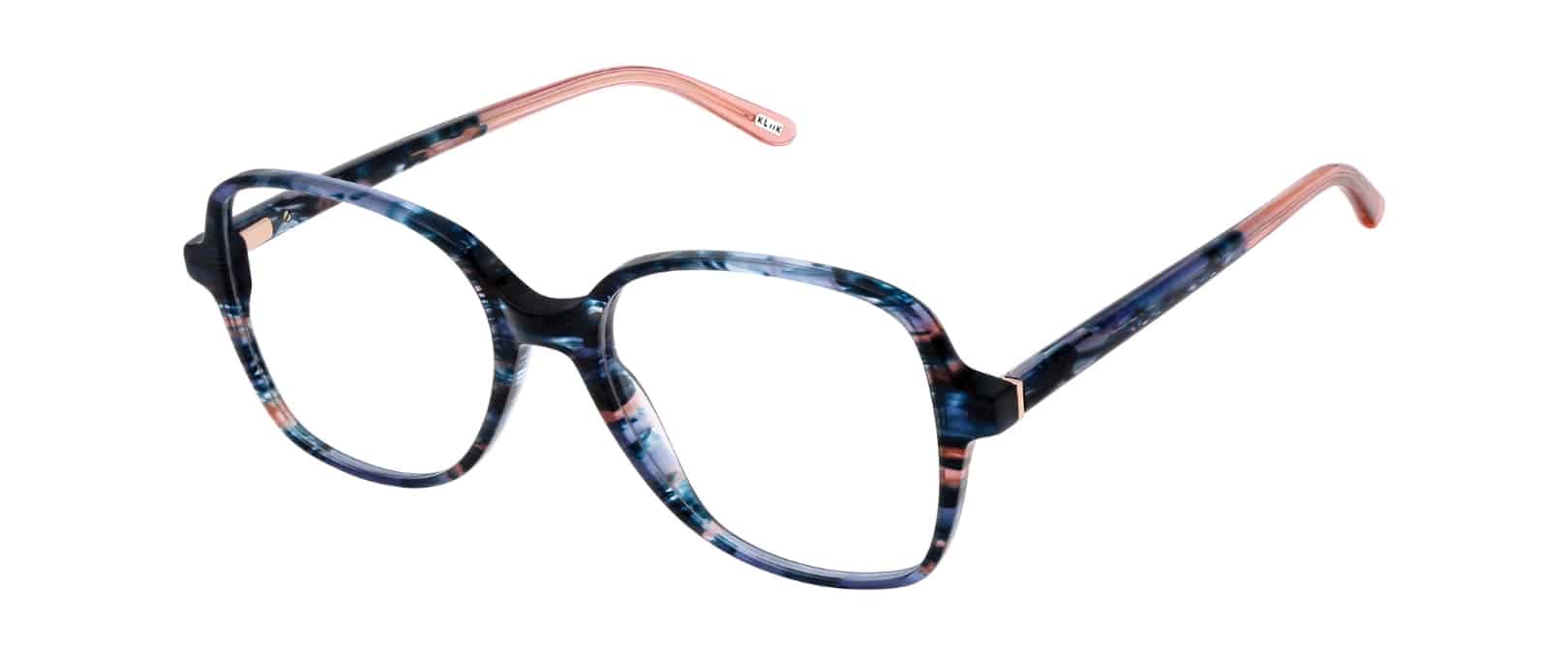Novel Compound Protects Retina from Environmental Stress
Thursday, August 11 2016 | 00 h 00 min | Vision Science
A chemical based on a compound found in broccoli shows promise as a possible treatment for macular degeneration, according to a July 2016 Scientific Reports article.
Researchers at the Buck Institute for Research on Aging noted that the naturally occurring chemical indole-3-carbinol (I3C), found in broccoli, was able to activate protein pathways responsible for removing toxins from the retina. After studying how I3C could be made more potent, they developed the chemical 2,2’-aminophenyl indole (2AI), which is ten times better at activating these receptors than I3C.
“2AI protected human retinal cells in culture from stress,” said lead author Arvind Ramanathan. “And it also protected retinal cells in mice from light-mediated damage. We are very excited about the potential for 2AI and look forward to developing it further.”
“You would have to eat an unreasonable amount of broccoli and other cruciferous vegetables to get enough of a protective effect to impact AMD,” he added. “This method allows us to capitalize on nature’s wisdom to find related molecules that can deliver therapeutic benefit.”
The protective effects of activating these protein pathways may be a result of increasing concentrations of omega-fatty acids within retinal pigmented epithelial (RPE) cells and reducing concentrations of reactive unsaturated lipids, researchers believe. “We know that eating a diet rich in fish and omega fatty acids reduces the risk of AMD, even though we don’t fully understand the mechanisms involved,” said Ramanathan.
View the full Scientific Reports paper here.








